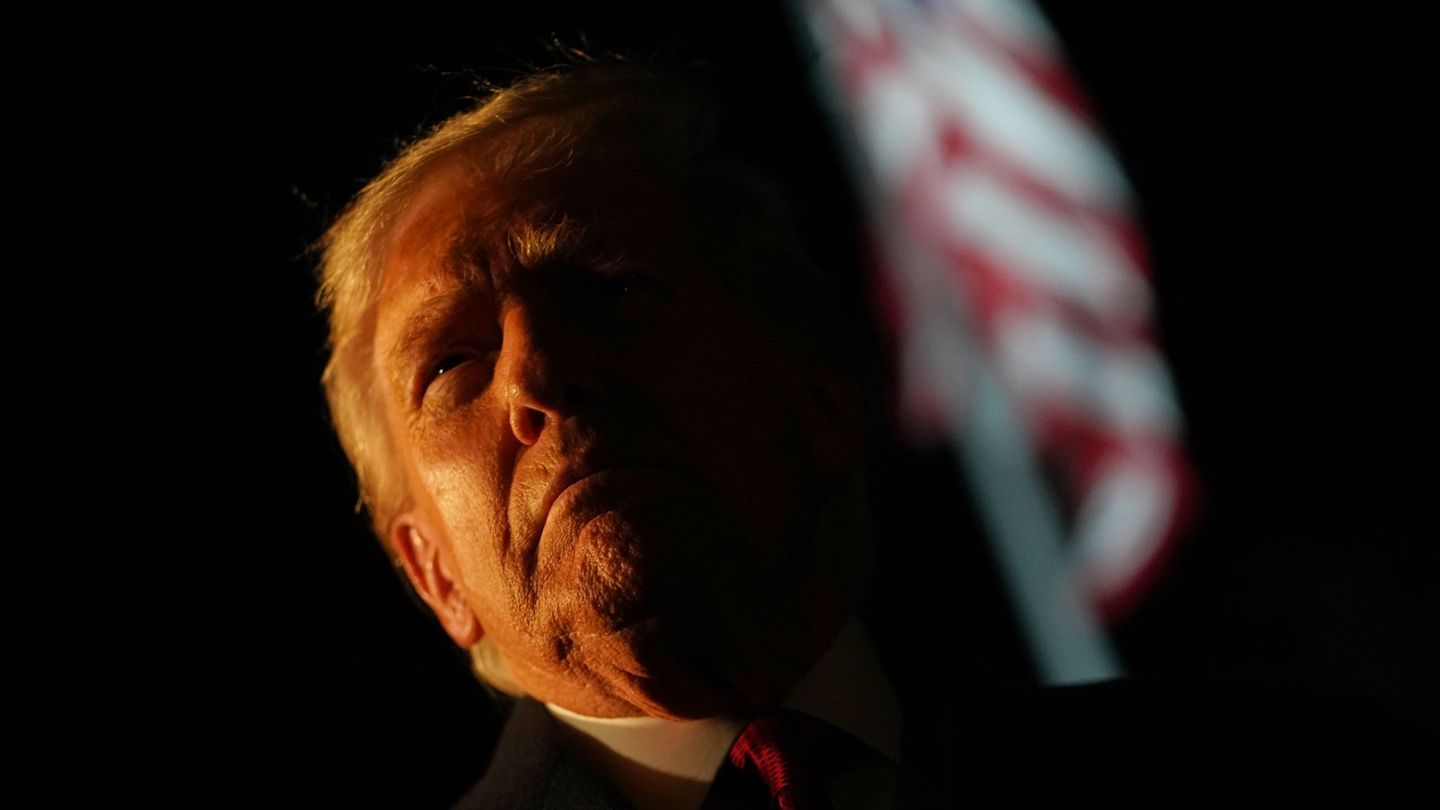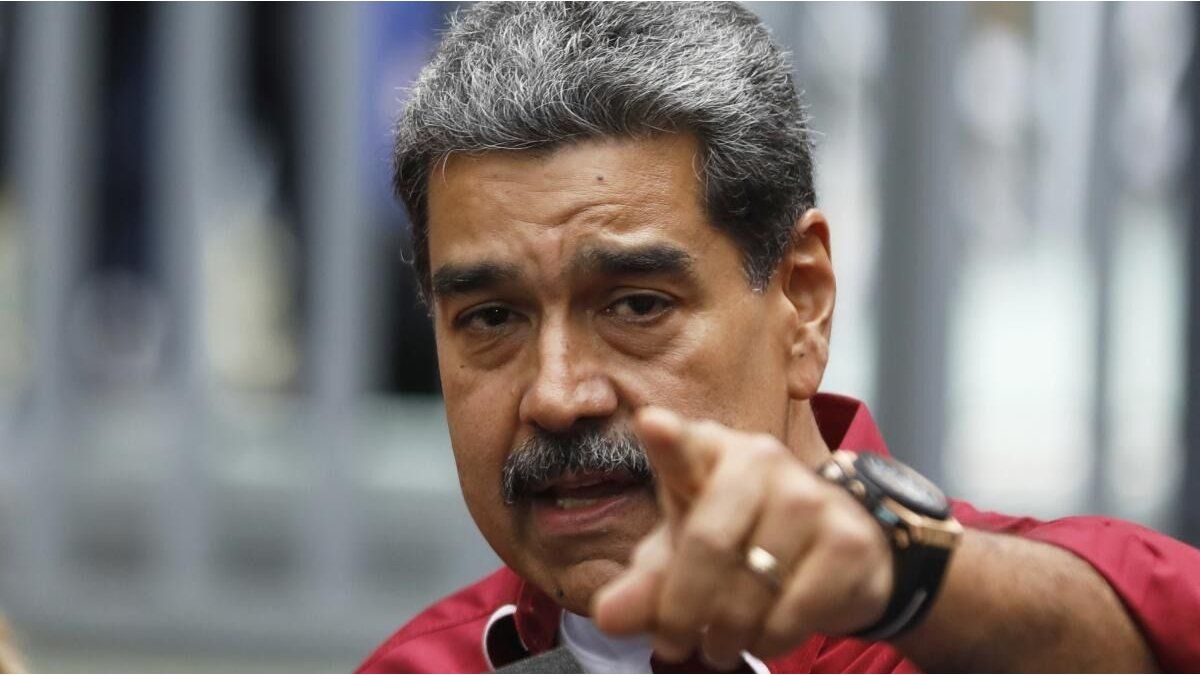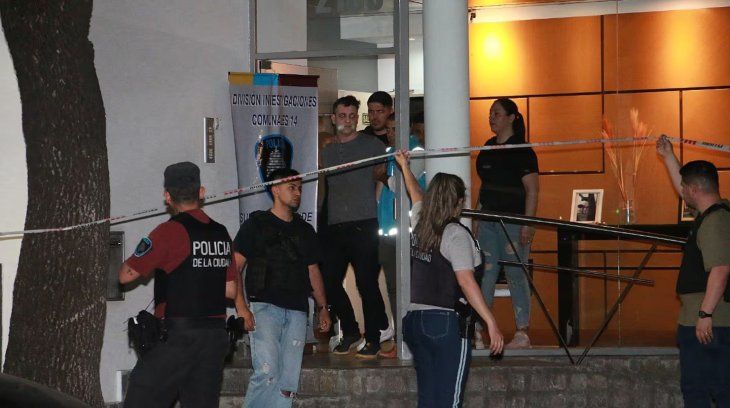The Chinese military on Tuesday resumed “combat-oriented” drills that have been going on for days, Chinese state media reported. Against the background of military pressure from China, Taiwan also carried out a maneuver on Tuesday, which had been announced for a long time and was not a reaction to China’s current maneuvers.
In Taiwan’s artillery exercise, among other things, shots were fired with live ammunition, as reported by Taiwanese television. The maneuver was therefore held near an area that the Chinese had also declared as an exercise zone in the past few days. The Taiwanese maneuver had already been announced in July, even before the Speaker of the US House of Representatives, Nancy Pelosi, traveled to Taipei last week against Beijing’s opposition. This had led to the Chinese military actions.
The Chinese leadership rejects such official contacts from other countries to Taiwan because they see the island as part of the People’s Republic. On the other hand, Taiwan has seen itself as independent for decades. With its ongoing maneuvers since last week, the Chinese People’s Liberation Army has not only practiced a sea and air blockade, but also a possible conquest of the island. Some Chinese commentators suggested that the military drills are happening regularly and could become a new normal.
Taiwan’s Foreign Minister Joseph Wu on Tuesday accused China of preparing for an attack on the island with its exercises. “China has used drills and its military strategy book to prepare for an invasion of Taiwan,” the minister said at a news conference in Taipei. Wu condemned the escalation of Chinese maneuvers. “China’s real intention behind these military exercises is to change the status quo in the Taiwan Strait and the wider region.” The large-scale military exercises, rocket launches and cyber attacks also aim to weaken public morale on the island. China is also relying on a disinformation campaign and economic pressure. Wu thanked Western countries for supporting Taiwan: “This sends a clear message to the world that democracy will not bow to the intimidation of authoritarianism.”
Taiwan’s exercise lasted a little less than an hour, according to an army spokesman. According to the army spokesman the day before, the armed forces are practicing “countermeasures against simulated enemy attacks on Taiwan” with the exercise with hundreds of soldiers and 40 howitzers. Another maneuver is planned for Thursday.
Taiwan regularly holds maneuvers simulating a Chinese invasion. In July, the Taiwanese military practiced countering attacks from the sea in a “joint intercept operation” as part of its largest annual exercise.
China continued the military exercises it had begun last week after Pelosi’s visit to Taiwan on Monday, despite all the protests and contrary to its own announcements. Beijing had actually announced that it wanted to end the exercises on Sunday.
Since the split between China and Taiwan in 1949, Beijing has viewed the island as a breakaway territory that it wants to reunite with the mainland – if necessary, using military force. The conflict between Beijing and Taipei has recently intensified under Chinese President Xi Jinping. The Russian war of aggression against Ukraine has also fueled fears that Beijing could use a similar approach when dealing with Taiwan.
The conflict over the status of Taiwan dates back to the civil war in China, when the troops of the National China Party (Kuomintang) under Chiang Kai-shek fled to Taiwan after being defeated by Mao Zedong’s communists and the communists never gained control there. China has increased its military threats against Taiwan since 2016.
The United States severed diplomatic relations with Taiwan in 1979 and recognized Beijing as the only Chinese government. Unofficially, however, the US government continued to maintain friendly contacts with Taipei. As an ally of Taiwan, the US practices a policy of “strategic ambiguity” on the Taiwan issue. This long-held course means that while the United States pledges to help Taiwan build up its defense capabilities, it makes no explicit promise to come to its aid in the event of war.
Source: Nachrichten




